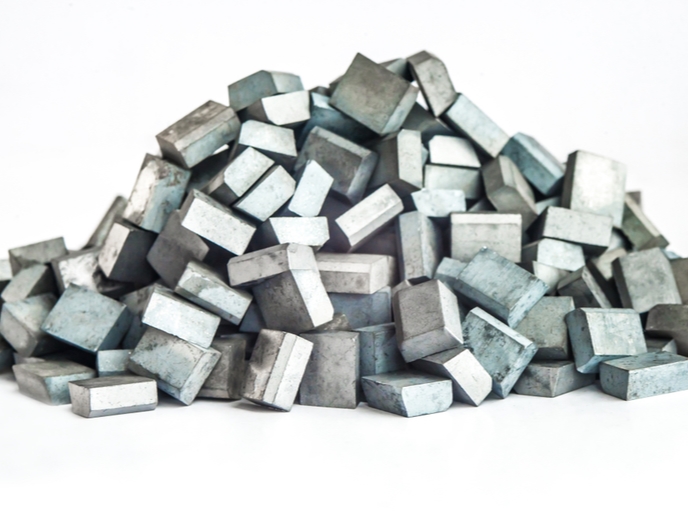Innovative software tool opens door to next generation of alloys
Measuring just tens of nanometres across, metals comprised of nanocrystalline materials are often much stronger than conventional coarse-grained materials. However, despite this property advantage, scientists have been unable to predict the performance of nanocrystalline materials – a factor that significantly limits its market uptake. Now, thanks to an innovative software tool called ICARUS-SW, this is about to change. “ICARUS-SW is a software tool that is designed to take into consideration the grain boundaries of materials,” says Stefanie Prenner, a researcher at Brimatech Services GmbH and ICARUS-SW project coordinator. “The result is a new solution that could pave the way towards describing and analysing thermodynamically stable nanocrystalline alloys.” The ICARUS-SW tool is one outcome of the EU-funded ICARUS project, which was finalised in August 2019. During the 1-year ICARUS-SW project, researchers conducted an in-depth market review of the tool. This included performing a competitive analysis, identifying potential users and investigating its technical and economic feasibility.
Key differentiators
There are several commercial CALPHAD software products available on the market for simulating and modelling the thermal stability of alloys. What makes ICARUS-SW unique is its ability to make nano-specific calculations that not only take grain boundaries into consideration, but also offer the possibility of describing a material’s nanostructure. “These differentiators can result in new families of materials with unprecedented properties and performances in broad application areas,” explains Prenner. “With ICARUS-SW, new structural materials, radiation-tolerant metals, engineered nanostructures for catalysis and energy production, lightweight alloys, and corrosion-resistant coatings could all become available, unlocking many of the challenges faced by science and technology.” Under the preceding FET ICARUS project, different nanocrystalline alloys (mostly Tungsten-based) were produced to validate the software code.
A predictive tool for exploring
One key challenge for the project team was to define the most effective strategy for advancing the ICARUS-SW tool from scientific theory to a commercial product ready to compete in the thermodynamic calculation software market. In this context, the team identified and interviewed users and relevant stakeholders to learn more about their actual needs and requirements and about the strengths and limitations of existing solutions. They also interviewed manufacturers of similar software tools to assess the requirements from the side of the software vendor and to explore opportunities for collaboration. “From this work, we identified an opportunity to position ICARUS-SW as a predictive tool for exploring, identifying and designing new thermodynamically stable nanocrystalline metal alloys with enhanced properties,” says Prenner.
A new generation of alloys
The project explored the potential for the ICARUS-SW tool’s contribution to the development of new families of materials offering not only unprecedented properties and performances, but also a range of other benefits. These include decreased product development time and costs, reduced reliance on imported critical raw materials, and an increase in European competitiveness in the field of engineered materials. “We hope the project has laid the foundation for the development of a final product that will enable the design of an entirely new generation of alloys,” adds Prenner.
Keywords
ICARUS-SW, alloys, ICARUS, software, nanocrystalline metal alloys, nanocrystalline materials, CALPHAD



